Jama Masjid – Built, Located, Architecture & Shah jahan
The Masjid-i-Jehan-Numa, known as the Jama Masjid, is one of the largest mosques in India (Shah jahan, Architecture & Location)
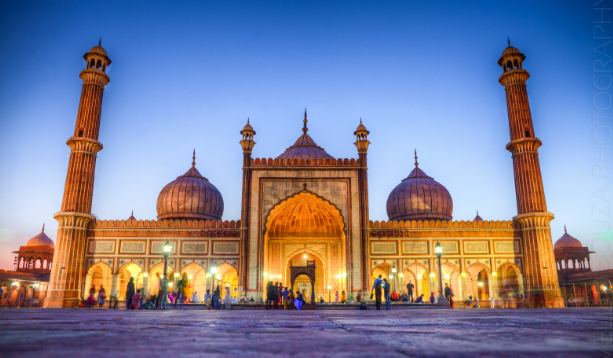
The Masjid-i-Jehan-Numa, known as the Jama Masjid, is one of the largest mosques in India, located in Delhi. Constructed by the Mughal emperor Shah Jahan between 1644 and 1656, it was inaugurated by its first Imam, Syed Abdul Ghafoor Shah Bukhari. Positioned in the Mughal capital of Shahjahanabad, now referred to as Old Delhi, it functioned as the imperial mosque for the Mughal emperors until the fall of the empire in 1857. The Jama Masjid has historically symbolized Islamic authority throughout India, extending into the colonial period. It also held political importance during various significant moments of British governance. Today, it remains an active place of worship and is recognized as one of the most iconic landmarks of Delhi, embodying the spirit of Old Delhi.
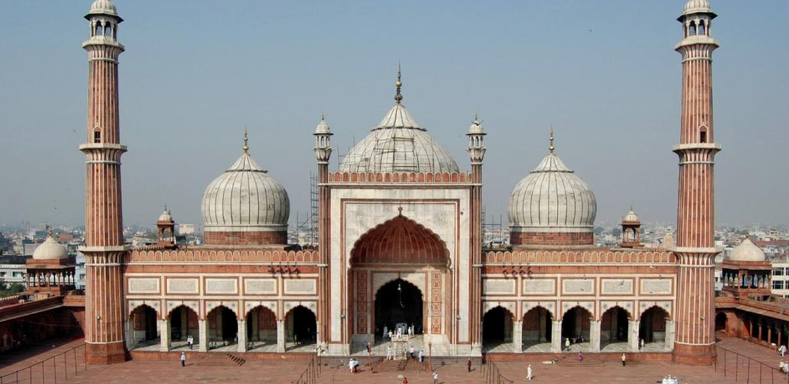
The mosque has two names. The first one, given by Shah Jahan, is Masjid-i-Jehān-Numā, which translates to “mosque that reflects the whole world”, possibly referring to the Jām-e-Jehān Numā. The other, more widely used name is Jāmā Masjid (Urdu: جامع مسجد, derived from Arabic meaning “congregational mosque”), which became popular among the general public. The term ‘Jama Masjid’ is not exclusive to this particular mosque; it has been used since the 7th century to refer to the community mosque or Friday mosque, leading to many mosques worldwide adopting this name or variations of it.
Read Also: Facts About Taj Mahal
Where Is Located Jama Masjid
The mosque can be found in the historic city of Shahjahanabad, now recognized as the area of Old Delhi. Situated opposite the mosque are the Red Fort and Sunehri Masjid. Jama Masjid, being a key landmark in Old Delhi, is encircled by different commercial hubs, including the renowned Chandni Chowk. Adjacent to the mosque lies the tomb of Abul Kalam Azad, an Indian independence activist
who Was Built Jama Masjid
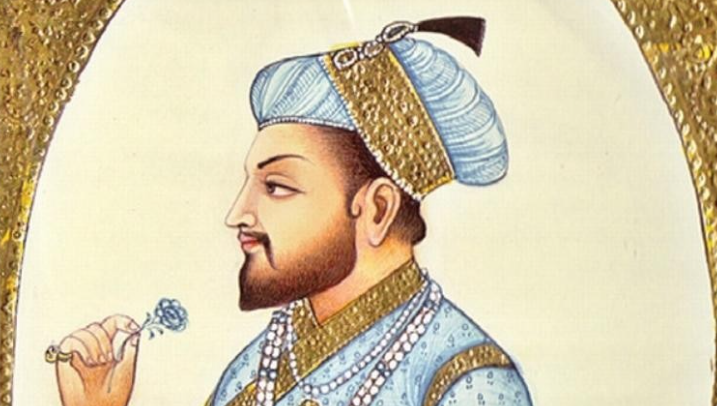
Shah Jahan, the Mughal emperor, oversaw the construction of the Jama Masjid between 1650 and 1656 in Shahjahanabad. The workforce of around 5000 individuals was a mix of Indians, Arabs, Persians, Turks, and Europeans. The primary supervisors were Sadullah Khan, the wazir, and Fazil Khan, the comptroller of Shah Jahan’s household. The total cost of construction was one million rupees. The mosque was officially inaugurated on 23 July 1656 by Syed Abdul Ghafoor Shah Bukhari, who was invited by Shah Jahan to serve as the Shahi Imam of the mosque.
Architectures – Jama Masjid

The Jama Masjid was constructed as a component of Shah Jahan’s new capital in Delhi, Shahjahanabad. During its construction, it was the most extensive mosque in the Indian subcontinent. Shah Jahan asserted that the mosque was designed after the Jama Masjid of Fatehpur Sikri, which is evident in the design of several exterior elements like the facade and courtyard. However, the interior of the mosque more closely resembles the Jama Masjid in Agra. The mosque primarily utilizes red sandstone and stands out from its predecessors due to a more extensive use of white marble. Additionally, black marble is also used as a decorative element. Arabic and Persian calligraphic pieces with content ranging from religious to panegyric are found on various surfaces of the structure.
Share this content:

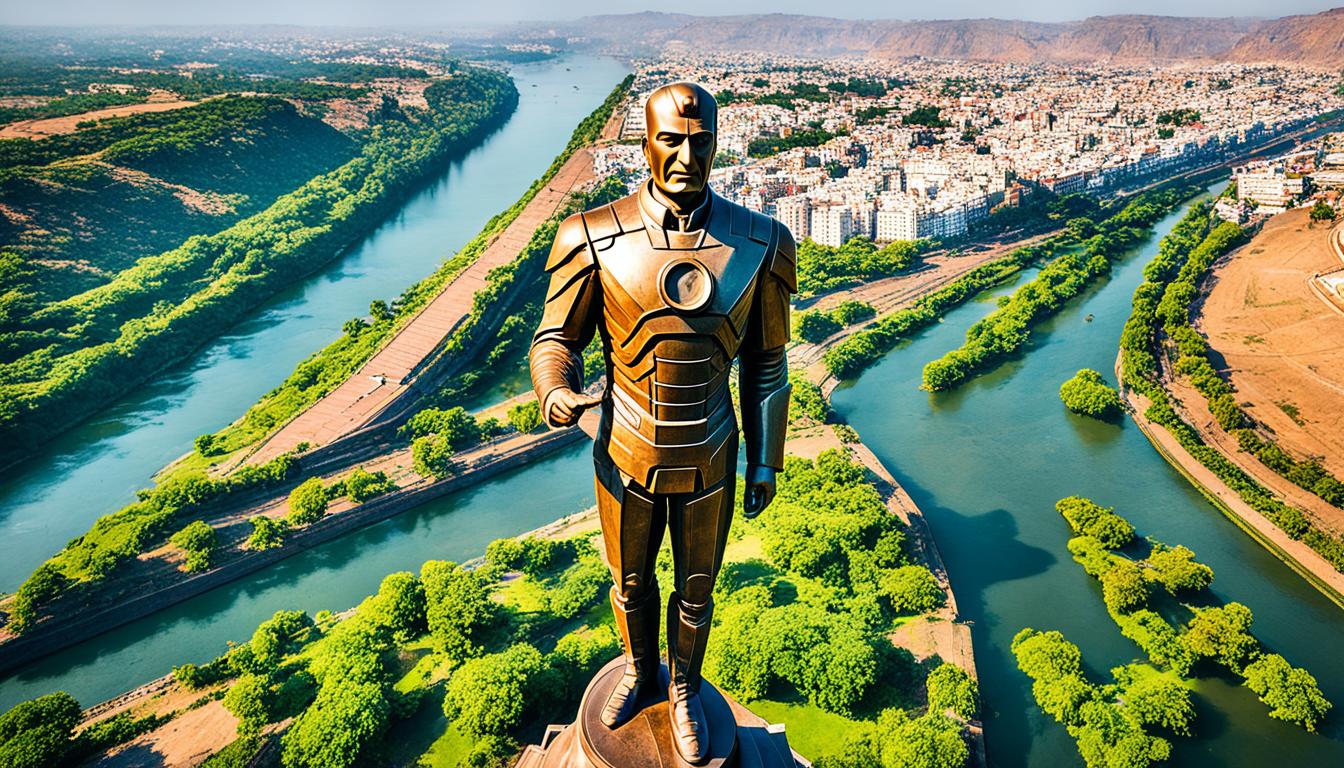
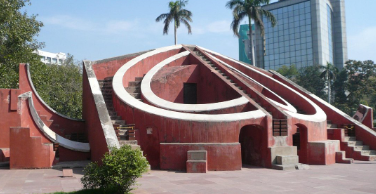
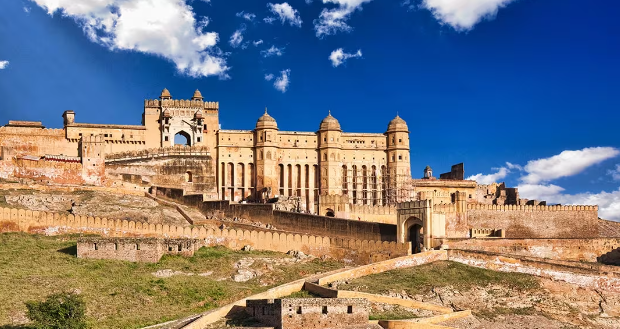










Post Comment